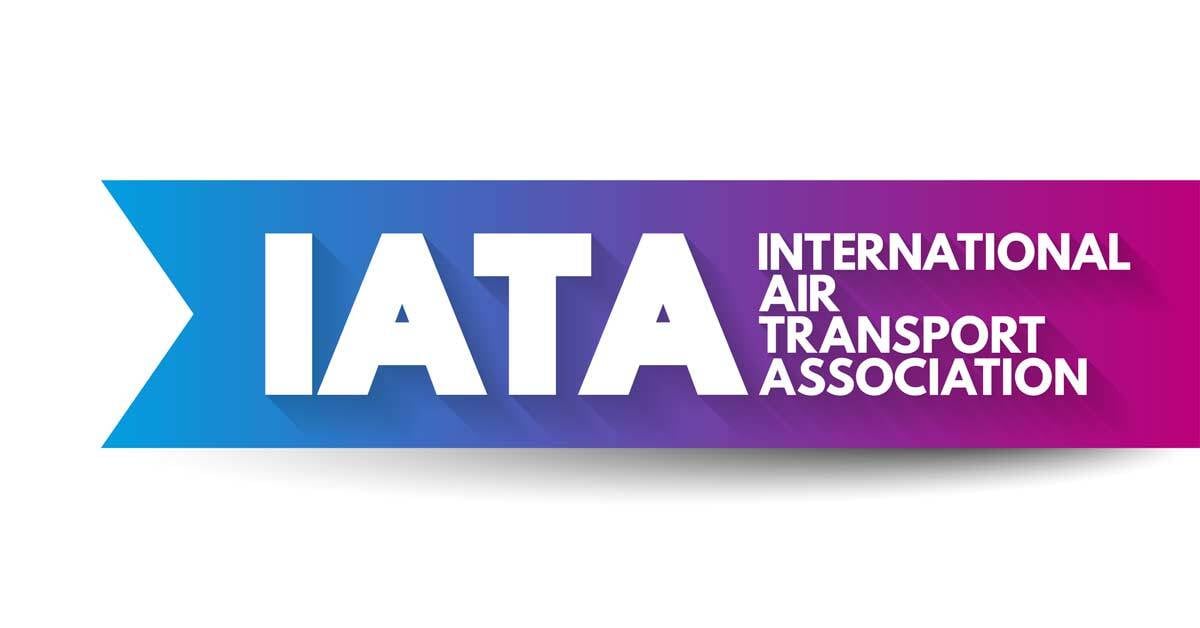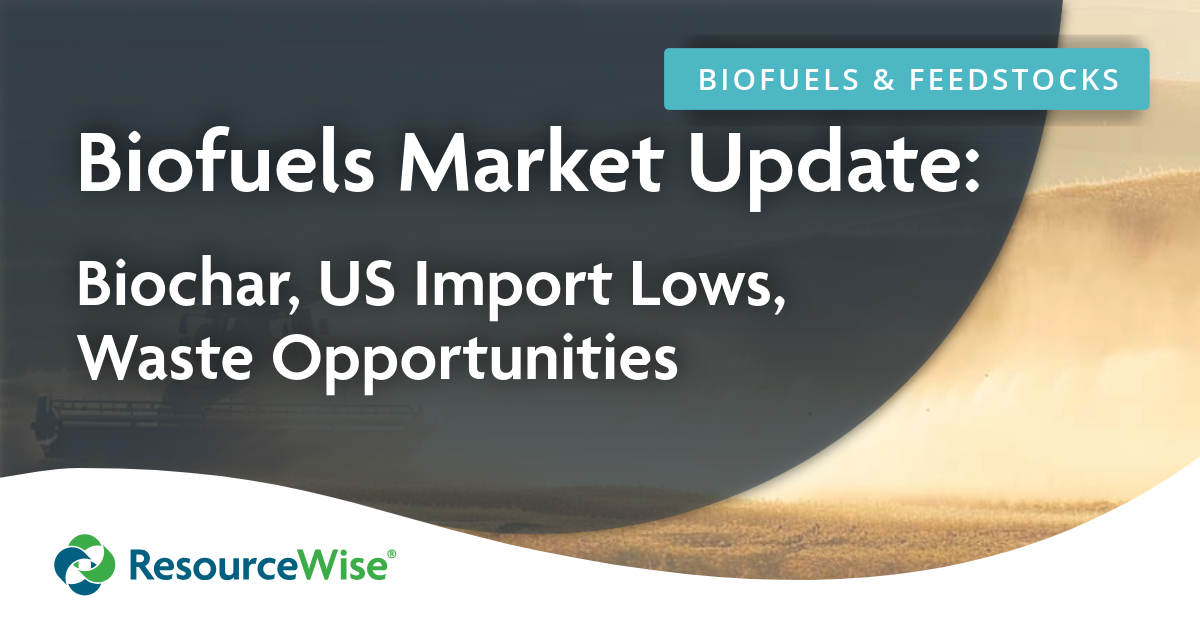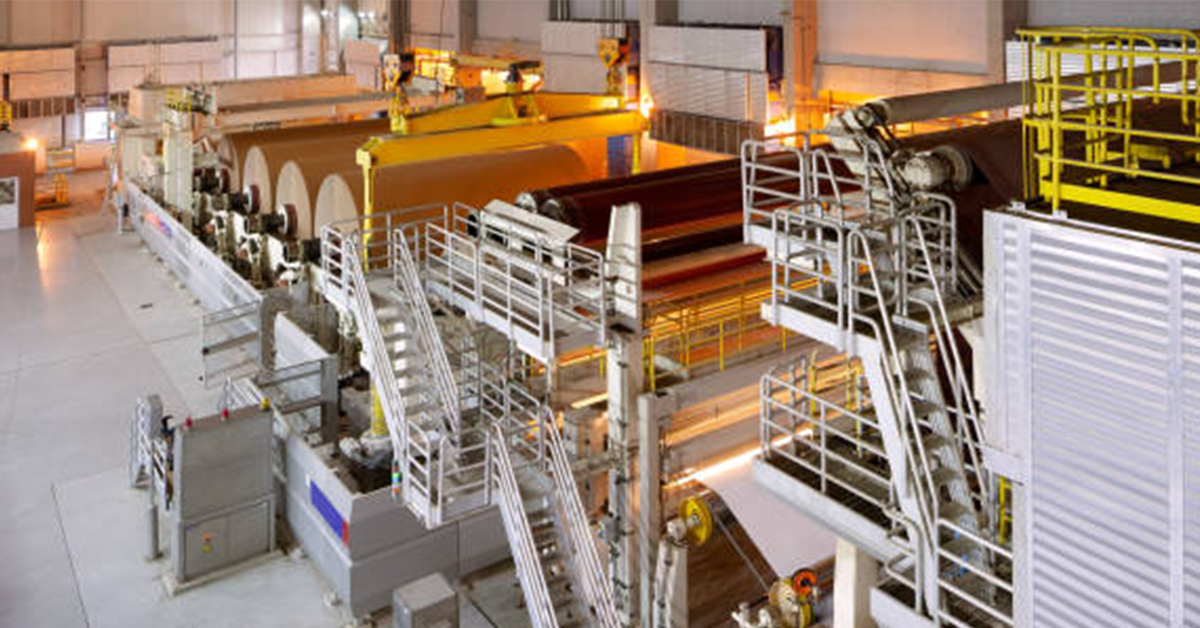3 min read
IATA’s Latest SAF Outlook Shows 100M Ton Supply Shortfall by 2050
ResourceWise
:
Sep 30, 2025 10:57:53 AM

The International Air Transport Association (IATA), which represents most of the world’s airlines, has released a new report on the potential for sustainable aviation fuel (SAF) production. The study takes a global look at available biomass, accounts for competing uses, and applies different technology pathways.
The main takeaway paints a much less optimistic outlook on what is feasible in terms of output. While the theoretical maximum SAF production from biogenic waste could reach 322 million tons annually, the realistic output is far lower.
With jet fuel demand projected at 500 million tons per year by 2050, the gap between supply and demand is already clear. What do these findings mean in way of continued progress toward meeting these goals?
Global Biomass Potential
According to the IATA, total biomass availability is expected to reach 10 billion tons by 2030, with agricultural residues making up about two-thirds of that. By 2050, population growth will increase the amount of waste available, particularly municipal solid waste (MSW).
But competing industries like bioenergy, road transport, and marine fuels already use about 60% of that supply. The IATA assumes just 34% of total biomass will be available for biofuel and bioenergy. Narrowing further, only about 37% of that share will go toward SAF.
The narrowing of MSW availability has SAF production understandably seeking alternative feedstock sources. Crop-based feedstocks and waste oils show essential importance, given that HEFA (Hydroprocessed Esters and Fatty Acids) remains the most commercially viable SAF pathway currently in the market.
Regional Insights: US Strongly Positioned for SAF Development
Feedstock availability isn’t evenly spread across the globe, either. Geographic limitations further strain the necessary scaling of SAF to meet projected global demand.
United States: Best positioned in both the short and long term, with abundant access to agricultural residues and waste. Interestingly, despite US government pushback on decarbonization, the country is in a solid space to lead SAF development.
China: The country holds roughly twice the amount of biogenic CO₂ as the US alongside an expanding renewable power capacity and low energy costs. These factors set the stage for eFuel dominance in the short- and longer-term.
South America: Strong potential thanks to hydro power, which provides the lower-cost, renewable baseload needed for eFuel production.
These factors are what currently impact the market based on conditions, technological limitations, and production availability. However, this may not tell the whole story depending on where and how technology will scale.
For instance, if Direct Air Capture (DAC) of CO₂ becomes commercially viable, these regional feedstock advantages may shift. Even if some changes occur, however, inexpensive renewable power will remain a key driver in the SAF race.
Read More About SAF:
US SAF Update: Forestry Residue and Biogas Move Further into Spotlight
Available SAF Technology Production Pathways
The IATA evaluated several major SAF technologies:
- HEFA
- Fermentation + Ethanol-to-Jet (ETJ)
- Gasification + Methanol-to-Jet
- Gasification + Fischer-Tropsch (FT)
- Power-to-Liquid (PtL) via Fischer-Tropsch
- Power-to-Liquid via ETJ
- Power-to-Liquid via Methanol-to-Jet
Other technologies like pyrolysis and hydrolysis exist, but these represent the bulk of current projects.
Key findings by pathway:
- HEFA: The most efficient pathway since it upgrades liquid feedstocks. However, even the world’s largest HEFA producer, Neste, estimates only 35 million tons per year is achievable. This number is far less than the IATA’s assumption.
- ETJ: Strong feedstock base (43% of availability) but lower conversion efficiency. Only about 80% of theoretical potential is expected.
- Gasification + FT: Lower yields due to converting solid feedstocks into gas first. Potential SAF production lags, achieving only 61–76% of possible output.
- eSAF (Power-to-Liquid): Not limited by biomass but constrained by renewable power and CO₂ availability. Even with aggressive 20% CAGR (Compound Annual Growth Rate) growth, production would reach only 176 million tons annually by 2050.
The Bottom Line: SAF Supply Deficit
By 2050, the IATA projects:
- 236 million tons/year from biogenic feedstocks
- 176 million tons/year from eSAF
- 412 million tons/year total SAF
Despite these impressive numbers, the total still leaves a 100 million ton annual shortfall compared to demand.
The message is clear: even under optimistic scenarios, SAF production is unlikely to keep pace with aviation’s needs. Scaling technologies faster, accelerating eFuel development, and broadening feedstock supply are all critical steps if aviation is to hit its decarbonization targets.





